Dams and Dialysis
From the Series: The Naturalization of Work
From the Series: The Naturalization of Work
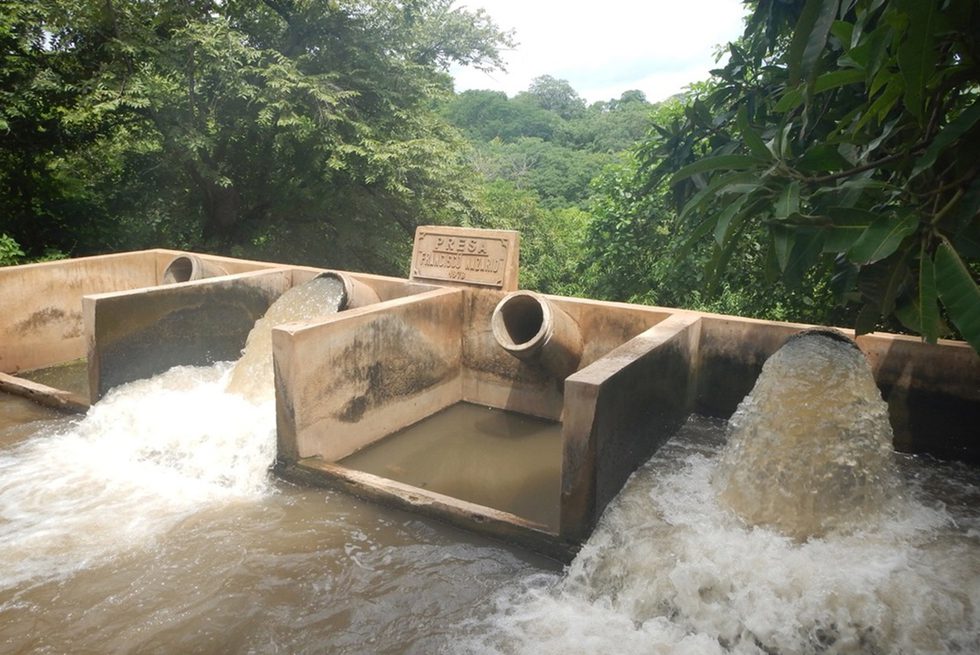
If you had a slender enough boat, you could navigate the sugarcane plantations of western Nicaragua by water. Some of these plantations hug the shores of the Pacific Ocean. At high tide, you can slip through one of several rivers that drain into the ocean and work your way inland. It will be hard going, especially in the dry planting season before the rains come. No matter the water level, the big challenge will be the dams.
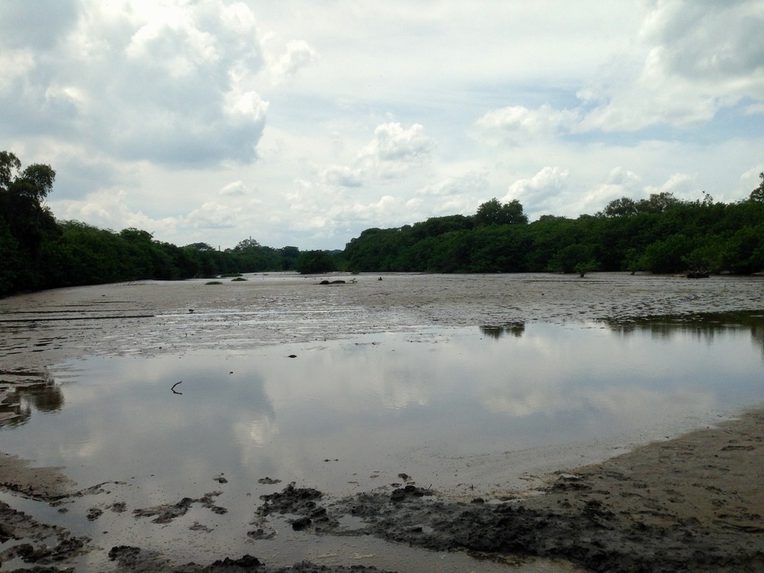
These rivers, and a number of smaller tributaries, are punctuated by a series of dams. The dates on their concrete cornerstones archive a century of sugarcane cultivation in this area. Some of the dams were built as far back as the 1960s and 1970s by Nicaragua’s then-dictator, Anastasio Somoza Debayle, who owned part of a sizable plantation.
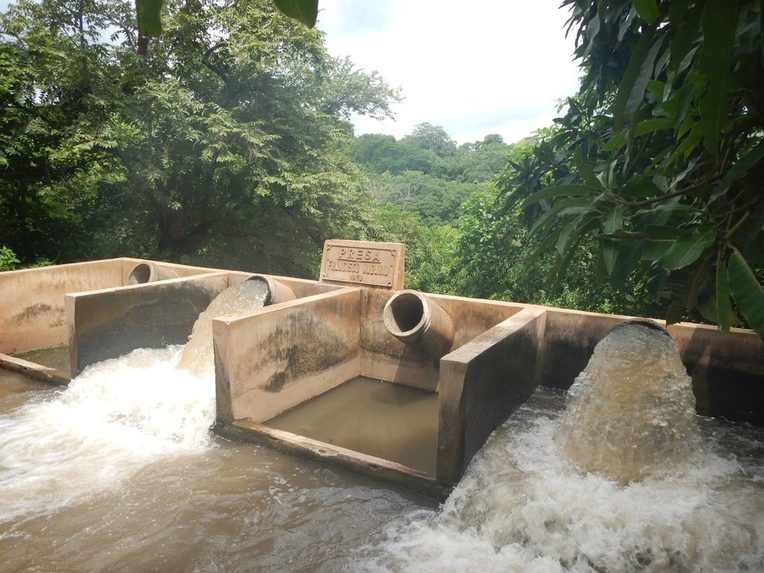
Dams entangle human and nonhuman work, production and reproduction. Irrigation dams divert the flow of rivers and tributaries into open canals. Aided by pumps and gravity, these canals nourish hectare upon hectare of sugarcane. Even though its official purpose is to make sugarcane thrive, the system serves other ends. Residents of the dozens of villages in and around the plantations use the canals to bathe, launder clothes, and water plants and livestock. Irrigation canals are often the only means of doing this reproductive labor. Without the irrigation system making sugarcane viable, villagers would likely not be employed by the thousands as seasonal field workers.
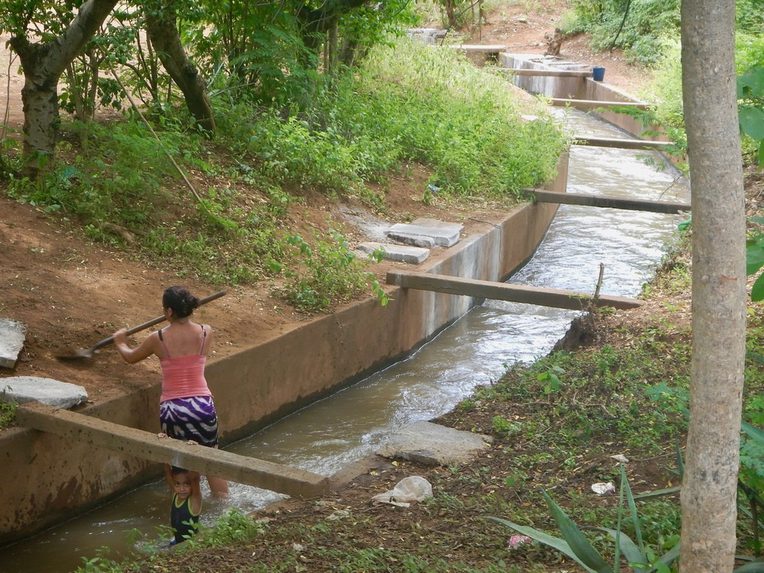
A few miles up the Río Trinidad is a village I’ll call El Sesteo. Like other plantation villages, El Sesteo has been severely affected by an ongoing epidemic of chronic kidney disease of nontraditional causes (CKDnt), a form of nondiabetic kidney failure that disproportionately affects sugarcane plantation workers. Plantation employees like Isidrio Vargas tend to be diagnosed with CKDnt in the prime of their working years, between ages thirty and forty.
CKDnt means the end of work. Citing concerns about safety and inefficiency, the company that once employed Isidrio now refuses to hire anyone who has it. The epidemic has made wage-earners like Isidrio dependent on their families, Nicaragua’s struggling social-security apparatus, and the company itself for survival. Without dialysis, late-stage CKDnt patients will die in their hammocks, watching the irrigation streams drift by. In response, lawyers, patients, and activists have successfully mobilized to convince the company to provide sick workers with bus transportation to dialysis facilities in Managua, more than two hours away.
Getting to the bus from El Sesteo requires that patients like Isidrio wake up at 3 a.m. The nearest pickup point is an hour’s walk away—that is, after you cross the Río Trinidad. At low water, patients can use a footbridge made of sandbags; however, when rains are heavy, the perennially silt-choked irrigation dam about a kilometer downstream cannot open wide enough. When high water swallows the sandbags, patients must remove their clothes, hold them overhead, and ferry themselves across. Once they reach the road, they get dressed again and walk—or, with luck, hitch a ride on a horse-drawn cart or motorcycle—to the larger village of Vista Hermosa. At 5 a.m., a bus will arrive to drop off workers and field managers and pick up CKDnt patients.
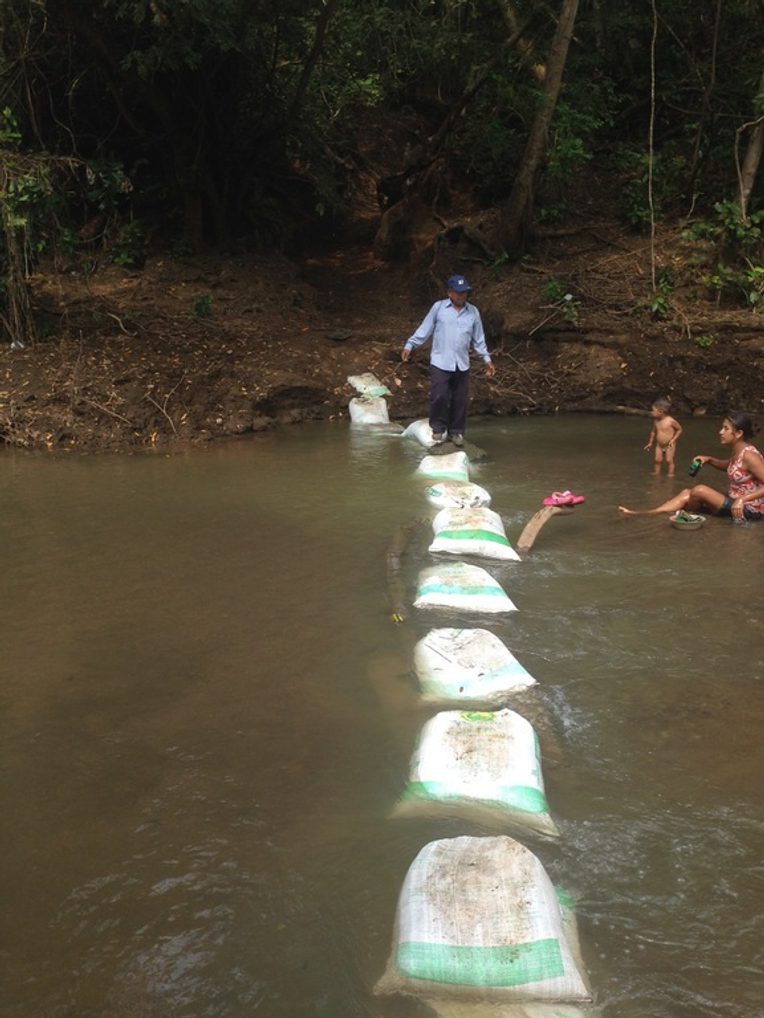
After Isidrio and the others are dropped at the clinic, the bus will collect plantation office staff from Managua and drive them back to the plantation factory. It will then pick up a new load of dialysis patients and drop them off for afternoon treatments, before collecting the early-rising patients from their morning session. Along the route, field managers, staff, and even loads of sugarcane will be picked up and dropped off. Even though the dialysis patients no longer work in the fields, the rhythm of treatment reintegrates people like Isidrio into the working ecology of the plantation.
When I talk with people on sugarcane plantations about CKDnt, our conversation naturally seems to get caught up in dams. Dams have, after all, long been tools for mixing “machine, nature, and society into a single metaphorical whole” (White 1995, 58).
It is easy to imagine dialysis, too, as something that makes bodies metaphorically whole again. When the kidneys fail, they can no longer filter waste from the body. Dialysis does this for them. Like irrigation dams, dialysis technologies harness human ingenuity to make bodies live where they would not otherwise. As Jamie Lorimer reminds us, beaver dams—prototypical examples of more-than-human-labor—are putatively natural filters for the debris and waste tossed into waterways by humans. The water below them is often cleaner than the water above. For this reason, beaver dams have been rebranded by conservationists as “Earth’s kidneys.”
Isidrio died in January 2018. His family in El Sesteo strongly suspects that something about the landscape around them caused the CKDnt epidemic. It might have been the searing heat of the fields, or the pesticides that have subtly altered the smell and taste of the water in the irrigation canals.
None of these theories has been confirmed by medicine or toxicology. CKDnt remains a mystery. As such, it is a disease best seen at the confluence of dams and dialysis, where it is difficult to filter work histories from medical histories or natural histories. On Nicaragua’s plantations, the fluids and labors diverted and managed through dams and dialysis “infiltrat[e] one another’s very substance” (Weston 2017, 33), creating unanticipated intimacies. These intimacies are manifested in scenes of field laborers, office staff, and dialysis patients packed together on a lumbering bus, or of toddlers frolicking in irrigation canals while their mothers slap soapy clothes on concrete banks. These intimate moments find nature and work entangled, but never whole.
Weston, Kath. 2017. Animate Planet: Making Visceral Sense of Living in a High-Tech Ecologically Damaged World. Durham, N.C.: Duke University Press.
White, Richard. 1995. The Organic Machine: The Remaking of the Columbia River. New York: Hill and Wang.